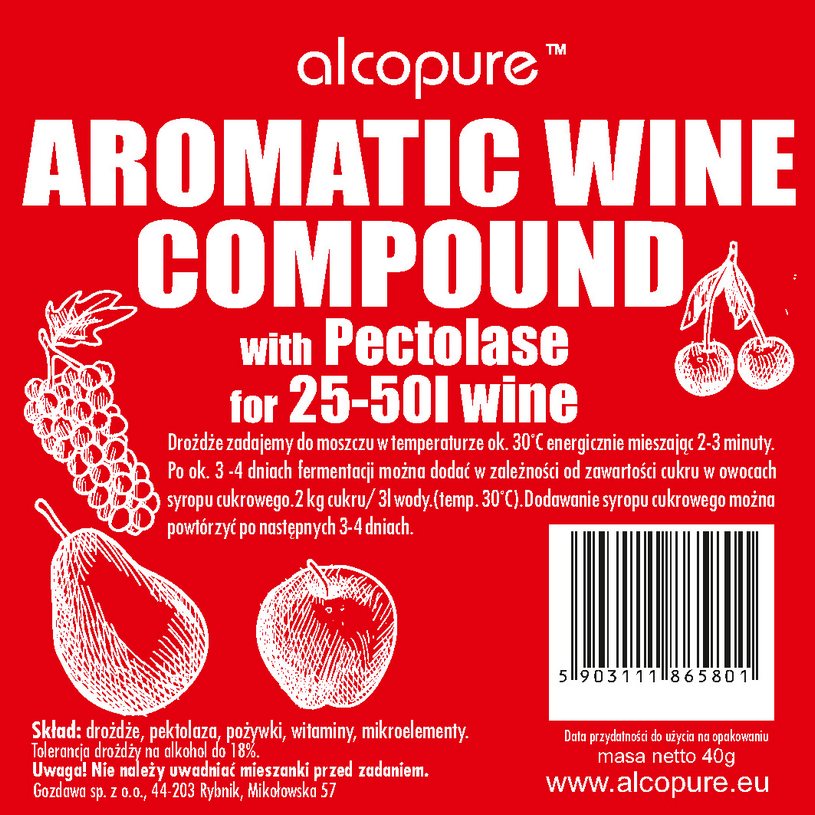I’ve used SafAle SA-04, EC-1118, and SafCider. EC-1118 has been my best so far, but I’ve changed too many things each batch to definitely say it was due to the yeast.What Yeast did you use?
Interesting. Does more yeast speed up the process. How much do you use?
That looks nice, maybe I can find something like this in germany.Amazon.com: FastRack One gallon Wide Mouth Jar with Drilled Lid & Twin Bubble Airlock-Set of 2, multicolor (B01AKB4G9E) : Home & Kitchen
Thanks for sharing your experience.
Got it.
I’m used to using an entire packet of yeast for a 5 gal/39L batch of ale. I’ve been using half a packet for the 1 gal batches of cider and haven’t had any issues. I’ve saved the unused half for the next batch a few weeks later and it was still good.
From one newbie to another, I’m happy to be of any help I can!









































![Craft A Brew - Safale BE-256 Yeast - Fermentis - Belgian Ale Dry Yeast - For Belgian & Strong Ales - Ingredients for Home Brewing - Beer Making Supplies - [3 Pack]](https://m.media-amazon.com/images/I/51bcKEwQmWL._SL500_.jpg)


















